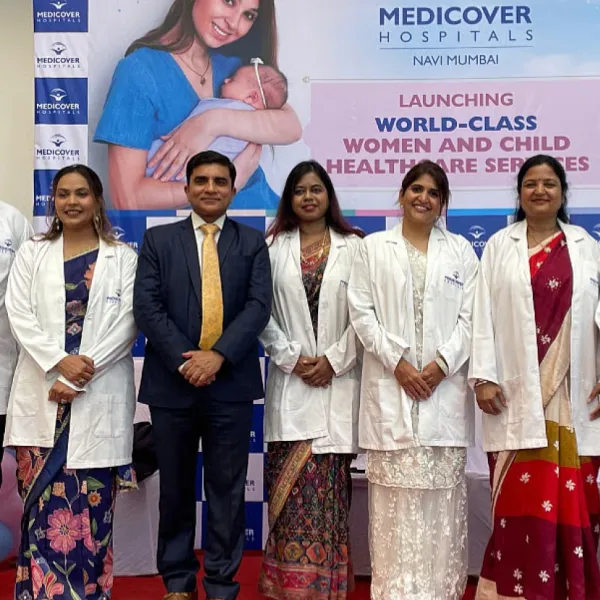Robotic Surgery in Gynaecology Sees Sharp Rise Across India, Finds Study

Conducted across five tertiary care centres, the study analysed ten years of surgical data using the da Vinci robotic system, highlighting a significant increase in its use for benign and malignant conditions.
As India marks Women’s Health Month, a new multi-centre study is shedding light on the expanding role of robotic-assisted surgery (RAS) in gynaecological care.
Conducted across five tertiary care centres, the study analyzed ten years of surgical data using the da Vinci robotic system, highlighting a significant increase in its use for benign and malignant conditions.
The research, titled ‘Trends in Gynaecological Robotic Surgery in India: A Real-World Scenario’, includes data from Apollo Health City (Hyderabad), PGIMER (Chandigarh), Manipal Hospital (Bengaluru), Narayana Health (Bengaluru), and Tata Memorial Hospital (Mumbai).
Over 70% of robotic gynaecological surgeries occurred in the last five years of the study, indicating accelerating adoption.
“Women’s Health Month is a time to reflect on how surgical technology innovations like the da Vinci robotic technology are enhancing healthcare outcomes for women,” said Dr Rooma Sinha, Honorary Professor and Chief Gynaecologist at Apollo Health City, Hyderabad, and one of the study's leads.
Dr Sinha, also the founder-president of the Association of Gynaecological Robotic Surgeons, noted, “Robotic-assisted surgery is increasingly being used to manage benign gynaecological conditions such as fibroids and endometriosis, offering enhanced precision and improved outcomes across a wide range of cases.”
The study found that body mass index (BMI) was similar among robotic surgery patients, indicating consistent results across weight categories. Over time, efficiency also improved, with surgical teams reducing docking time as they gained experience.
“We have seen that with robotic procedures, women often spend less time in the hospital and experience fewer complications related to blood loss. It is not just about using new technology, it is about making recovery more manageable, especially for women who are balancing responsibilities at home and work,” said Dr Vanita Jain, head of obstetrics and gynaecology at PGIMER, Chandigarh.
Fibroids were the most common reason for robotic surgery, followed by endometriosis, adenomyosis, vault prolapse, and ovarian cysts. These cases often require precise surgical techniques, especially when fertility preservation is a consideration.
Dr Subhas C Saha, Professor at PGIMER’s Department of Obstetrics and Gynaecology and a key contributor to the study, said, “Advanced robotic systems like the da Vinci platform offer us better visualisation and manoeuvrability, which can make a real difference in these challenging cases.”
While insurers in India increasingly cover RAS, the study notes that access and affordability remain areas for improvement. Cost-efficiency strategies, such as using fewer robotic arms or multifunctional tools, are being implemented to make the technology more accessible.
“Given the clear benefits demonstrated in studies like this, there is a strong case for insurance payers to further expand coverage for robotic-assisted surgery. Broader, streamlined reimbursement support can help ensure more women across India have access to advanced surgical options,” Dr Saha added.
Stay tuned for more such updates on Digital Health News.
Stay tuned for more such updates on Digital Health News





























